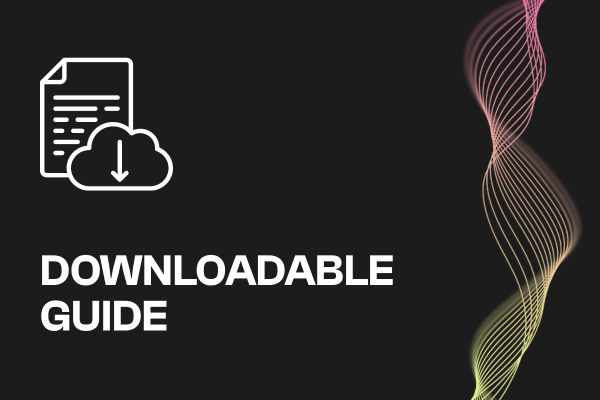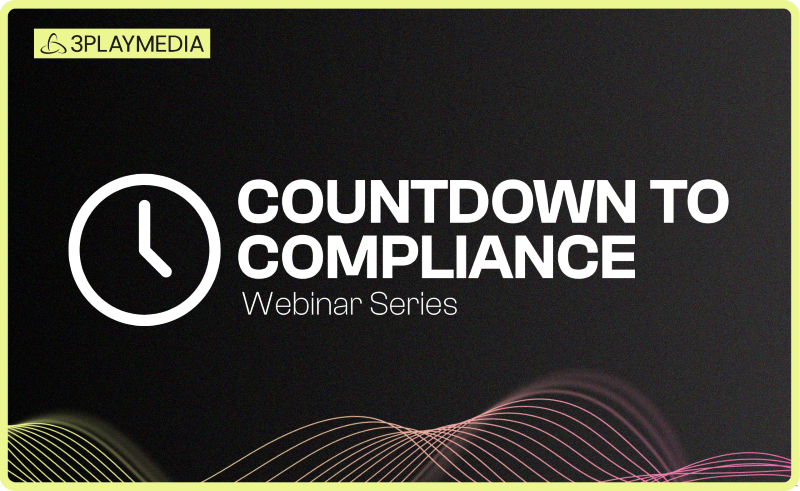- On-Demand Webinar
Intro to Audio Description
This event occurred on May 22, 2022 • Virtual • Free
Watch the recording:
Session Information
What is audio description? While most people are familiar with closed captioning, audio description is another important accessibility requirement for video content. Audio description narrates the relevant visual information in a video to make your content accessible to blind and low vision users.
This webinar will cover the basics of how to add audio description to online video, legal requirements for audio description, video player compatibility, examples and demos, how to create audio description, and benefits of audio description outside of accessibility.
What you’ll learn:
- Tools and features to make the process easier
- What is audio description?
- Accessibility laws and compliance
Share this page
Related Resources
-
 Read more: ADA Title II Compliance Checklist
Read more: ADA Title II Compliance Checklist- Whitepaper
ADA Title II Compliance Checklist
-
 Read more: Event Planning Workbook
Read more: Event Planning Workbook- Whitepaper
Event Planning Workbook
-
 Read more: European Accessibility Act (EAA) Checklist
Read more: European Accessibility Act (EAA) Checklist- Whitepaper
European Accessibility Act (EAA) Checklist


